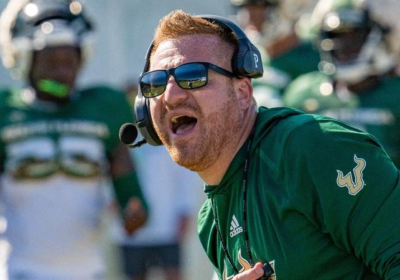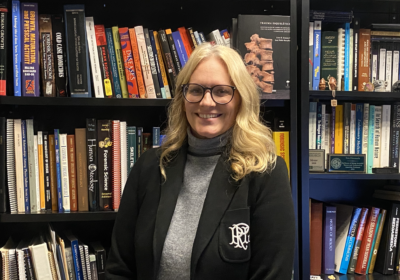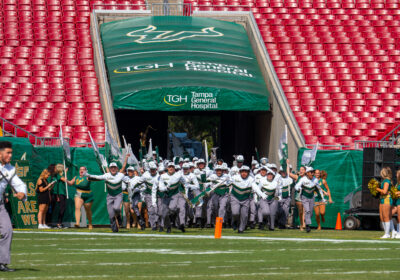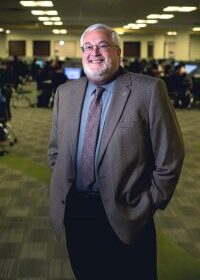USF professor raises awareness for threatened Jamaican forest

As April, the environmental awareness month, quickly approaches, thoughts begin to turn toward human impact on the natural environment. People are well aware of recycling and water conservation, but USF’s herbarium curator and professor of medical botany, Alan Franck, is doing his part in a more innovative way.
In February, Franck, along with a slew of scientists from around the world, was chosen to participate in a research study on biodiversity sponsored by the Clarendon Parish Development Committee and the Critical Ecosystem Partnership Fund to preserve and document a fragile ecosystem in Jamaica full of endemic species.
Franck said informing the public about resources they may not be aware of leads people to protect those resources and may lead to a greater interest in biodiversity.
“It is about preserving what we have,” Franck said. “We don’t tend to value something unless we know about it. There are other people besides botanists on this trip, there are people working with snails or birds to find out what we have. I guess it’s the wisdom of holding on to all parts until you know what you need. Its important that students know there are threats to losing biodiversity.”
The ecosystem in question, Peckham Woods, is a forest located in the central area of Jamaica. Because the need to grow food is so great, Franck said endangered species sometimes take a back seat to easier farming practices.
“They try to cultivate the ground and sometimes, to clear the land, they set fires,” Franck said. “There are not a lot of enforced land boundaries — even if there was a preserve or a forest, it doesn’t really mean anything, so some people just start cultivating the land. They will start fires and it will carry up the hillside and get into the forest.”
Franck said most of the problematic results of slash-and-burn farming stem from a lack of education on the Jamaican habitat.
“In Florida we get a lot of tropical storms, so we get a lot of lightning. In Jamaica, of course they get tropical storms during the summer, but we have a lot of forestry and a lot of plants, like Saw Palmettos, that prevent the spread of fire,” Franck said. “Jamaican habitats aren’t adapted to fire. Plants evolved either to fire or in the absence of fire. Lightning frequency is part of why Florida’s habitat can resist fire.”
Jamaica’s preeminent botanist, George Proctor, identified Peckham Woods as, “having outstanding importance for endemic plants,” and it has one of the highest densities of site-specific endemic plants on the island.
“One genus is called ‘Portlandia,’ (and) it makes these beautiful, big flowers,” Franck said. “The area is composed of rugged limestone, so these limestone hills can be jagged and steep. The very top of these hills are very dry, so that is one of the plants that you always see at the top.”
The study will not stay in Jamaica, however. After coming back from his second trip in May, Franck plans to map, take pictures of and archive the specimens he brings home. Discovering an unknown species and assisting the scientific community in species preservation is the ultimate goal.
Franck finds the research important because Jamaica doesn’t have many resources to protect their endangered land and needs help preserving it.
“In Jamaica they don’t have a lot of resources to devote to protecting forests and through international efforts, we can try to make a greater difference,” Franck said. “The tropics harbor better diversity so that is where we tend to focus, especially the countries that don’t have the ability to protect their biodiversity.”






